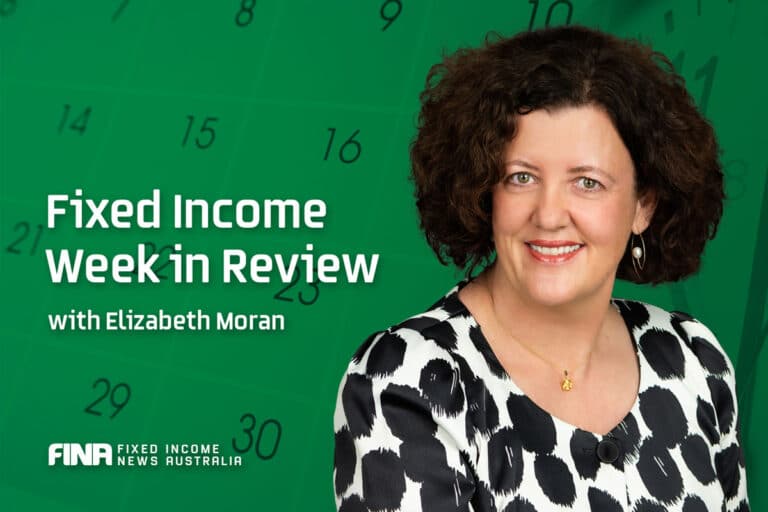
APRA surprised the market this week when they said they would phase out Capital Notes, otherwise known as hybrids, and Additional Tier 1 capital.
It’s a very interesting move and while it’s still technically up for discussion, I think it is more likely it will proceed. Without the buffer of hybrid capital, subordinated debt will technically ratchet up the risk curve and may mean eventually, financial institutions have to pay more to issue.
There are plenty of questions, for example, will the bail-in mechanisms for subordinated debt change? Currently subordinated debt is bailed in when APRA deem the bank ‘non viable’. There are many consequences to consider. I hope one outcome might be improved access to subordinated bonds for personal investors.
In any case, the phase-out period is long and much can happen in the meantime. Read all about the APRA’s proposal in our lead article this week by Brenton Gibbs.
VanEck has published an excellent paper observing performance of local and global sub-asset, fixed income classes, including government, corporate, investment grade, subordinated, hybrids, global high yield, global private credit and emerging market bonds. Every sub-sector is analysed with insightful graphs. There is so much good information it is well worth studying.
If you are looking for a balanced view on interest rates, then look no further than AXA IM’s Chris Iggo’s analysis. The US yield curve has started to normalize, and while Iggo still likes credit, risk premiums are low and he suggests a more cautious approach is needed.
We also report on the value of financial advisers as outlined in a study from Russell Investments.



























